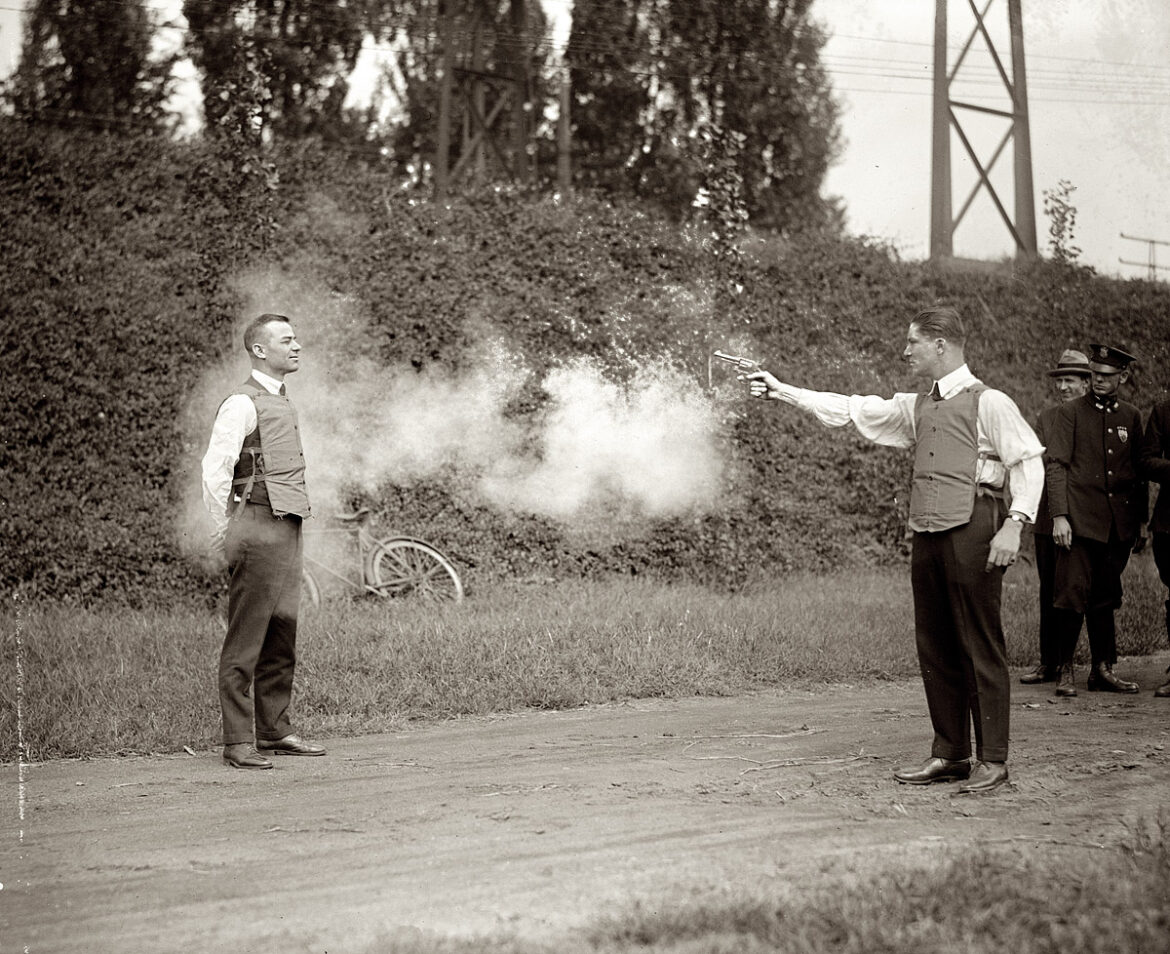The first bulletproof vests were made at the end of the 19th century by two Poles- the Catholic monk Kazimierz Żegleń and the teacher Jan Szczepanik.
In 1893, a terrorist stormed the office of the Mayor of Chicago, Carter Harrison. He aimed the gun at the city’s mayor and fired three times killing Harrison.
Prayer and bullets
The news of this tragedy reached a Polish monk from the Congregation of the Resurrectionists, Kazimierz Żeglen, who lived in the USA at the time. Moved by the death of the mayor of Chicago, the Catholic monk wondered whether it was possible to create a portable armor that would stop a bullet fired from a pistol?
Żegleń was a self-taught person who answered positively to the question. He created the multi-layered fabric of densely woven silk. He impregnated it with a special substance. Its composition was not disclosed to the public. In 1897, he obtained a patent for the first bulletproof vest.
Two can do more
A year later, in Vienna, Żeglen met Jan Szczepanik, a Polish teacher, an inventor called the “Polish Edison”. Two Poles decided to cooperate and started the production of bulletproof vests. Żegleń returned to the USA, where he organized special shows: he dressed in his own vest and was shot. People could see the effectiveness of the invention with their own eyes.
Szczepanik believed, however, that the vest could be improved. He reinforced it with a sheet of metal, which made it effective even against Mannlicher shots. In 1901, he was granted a patent for an improved vest.
The gratitude of the monarchs
Soon after, the Spanish monarch Alfonso XIII was attacked. Unfortunately for the assassin, and luckily for the king, the ruler’s vehicle was covered with bulletproof material invented by Szczepanik. Alphonso XIII survived.
The Polish inventor received the Order of Catholic Isabella from the Spanish king. Also, the Russian ruler, Nicholas II wanted to give a Russian decoration to Szczepanik. In the 18th century, Russia, along with Prussia and Austria, partitioned Poland, therefore the Pole refused to accept the order from the empire that had oppressed his nation. Instead, he got a gold watch with diamonds.





